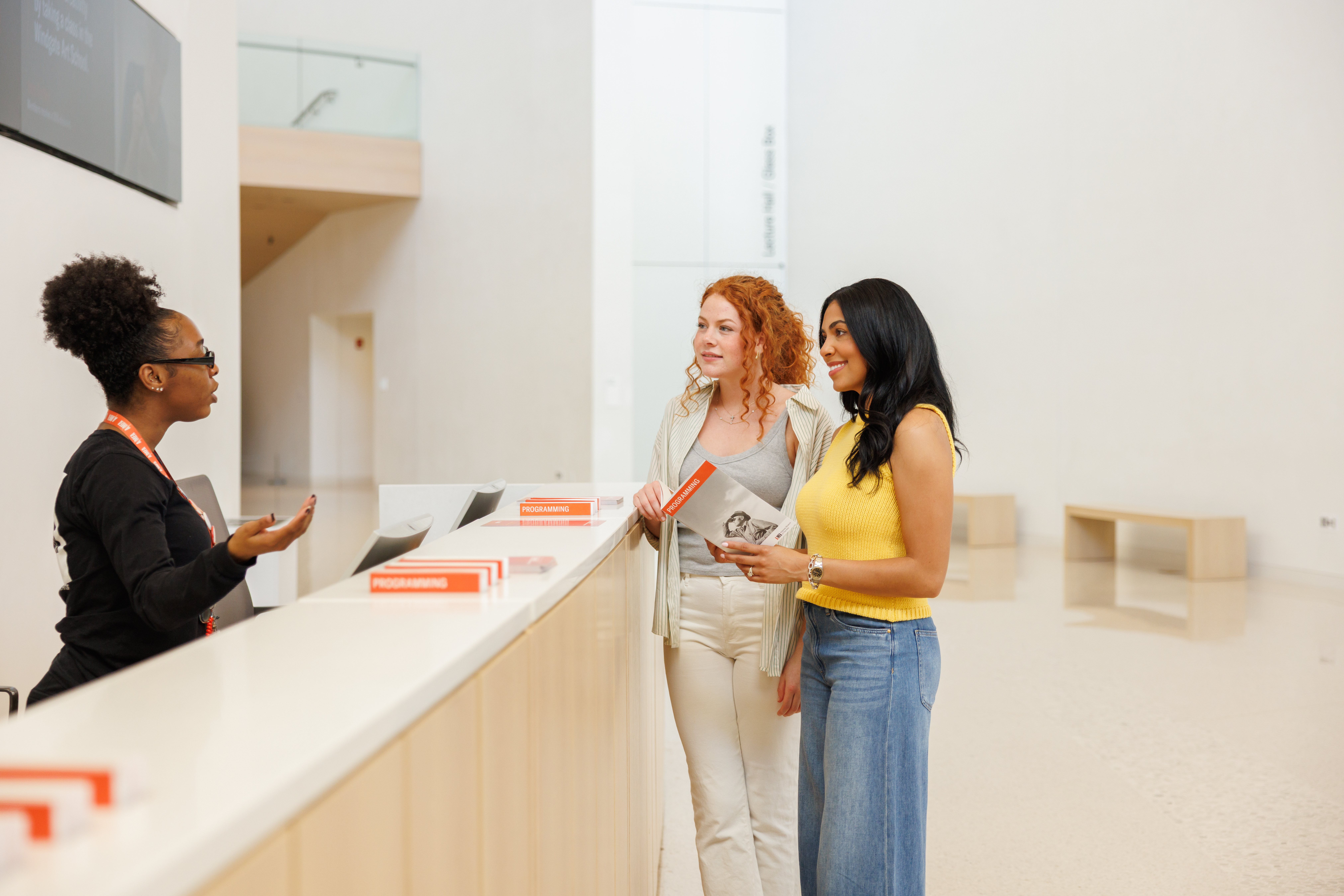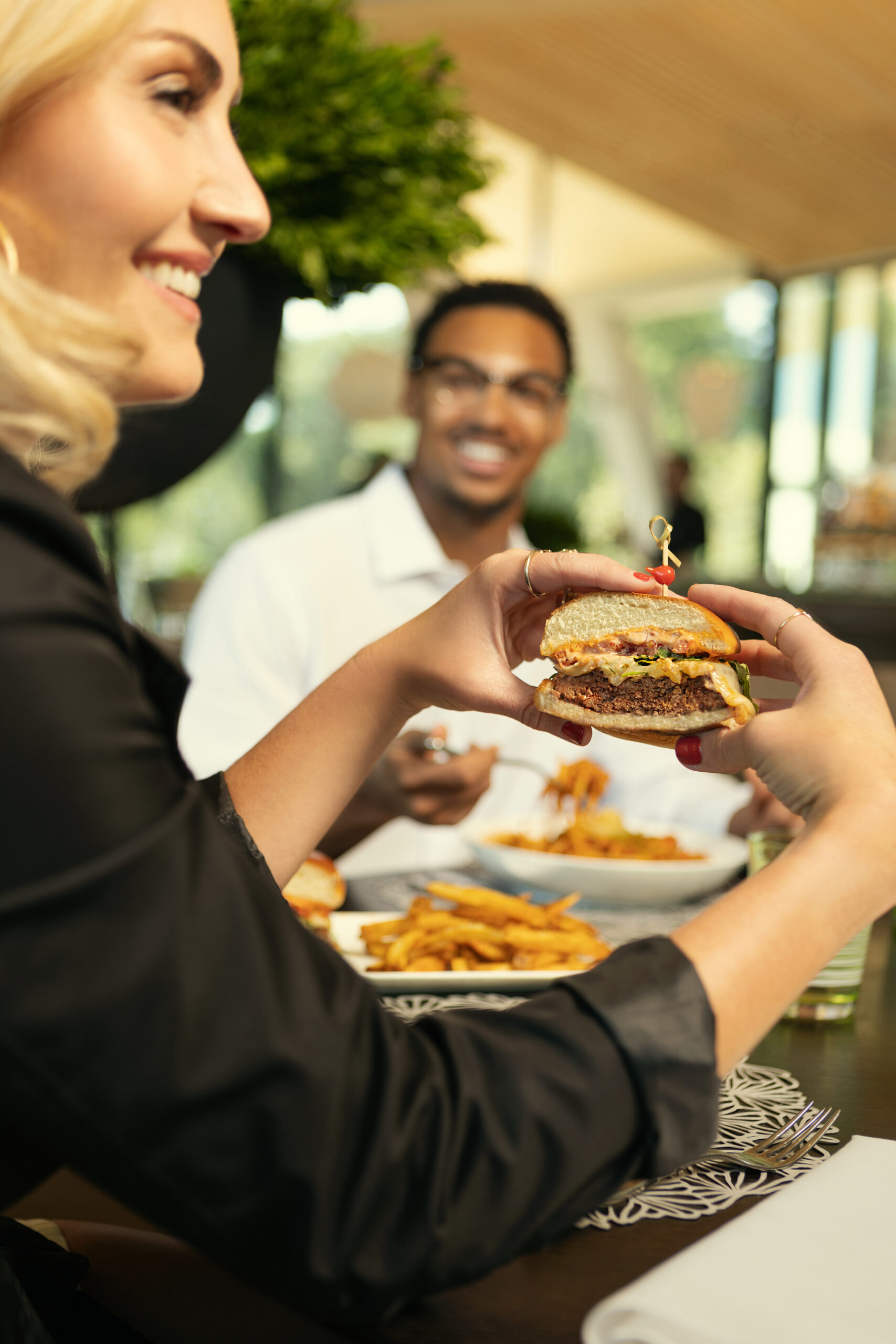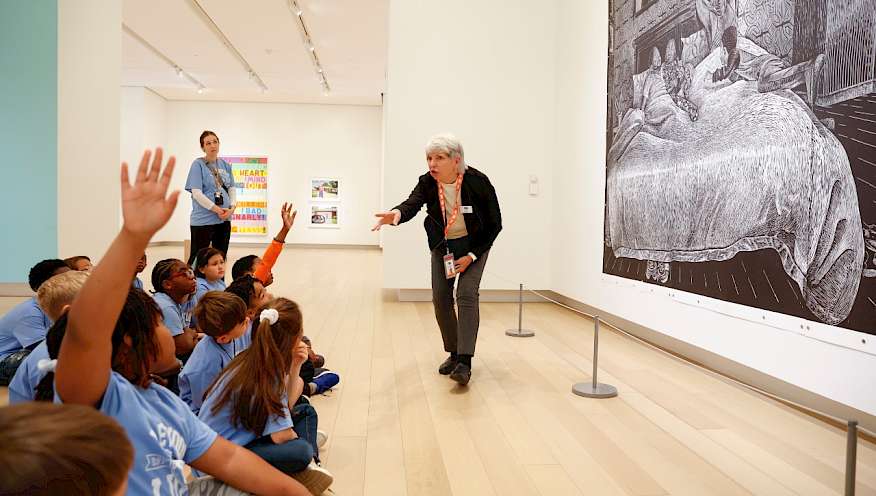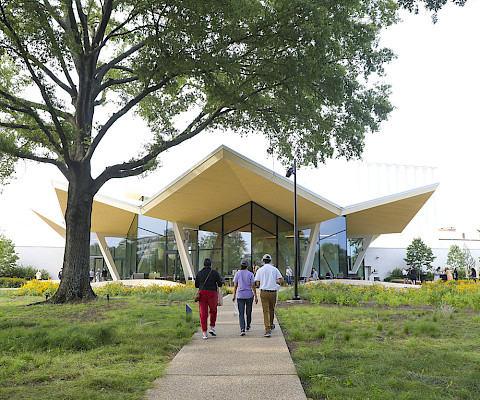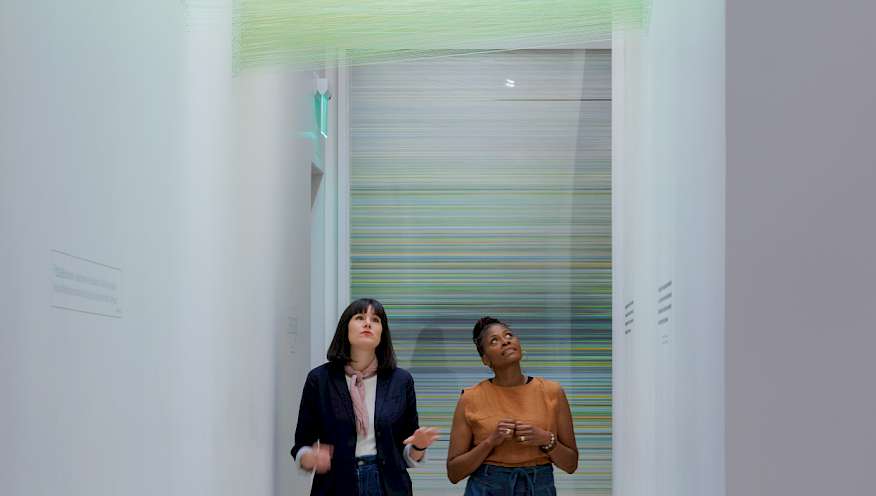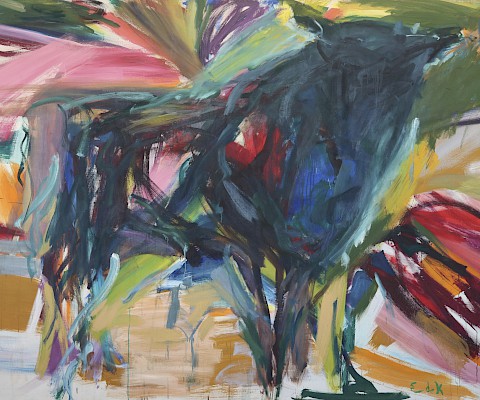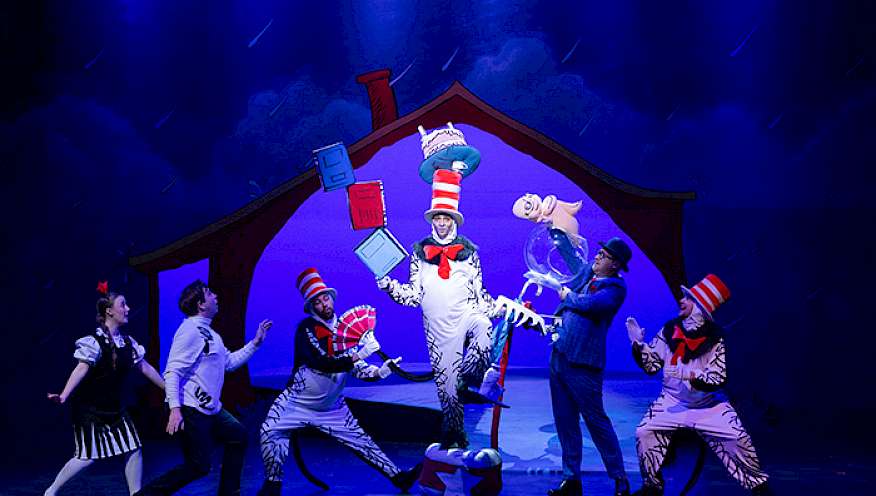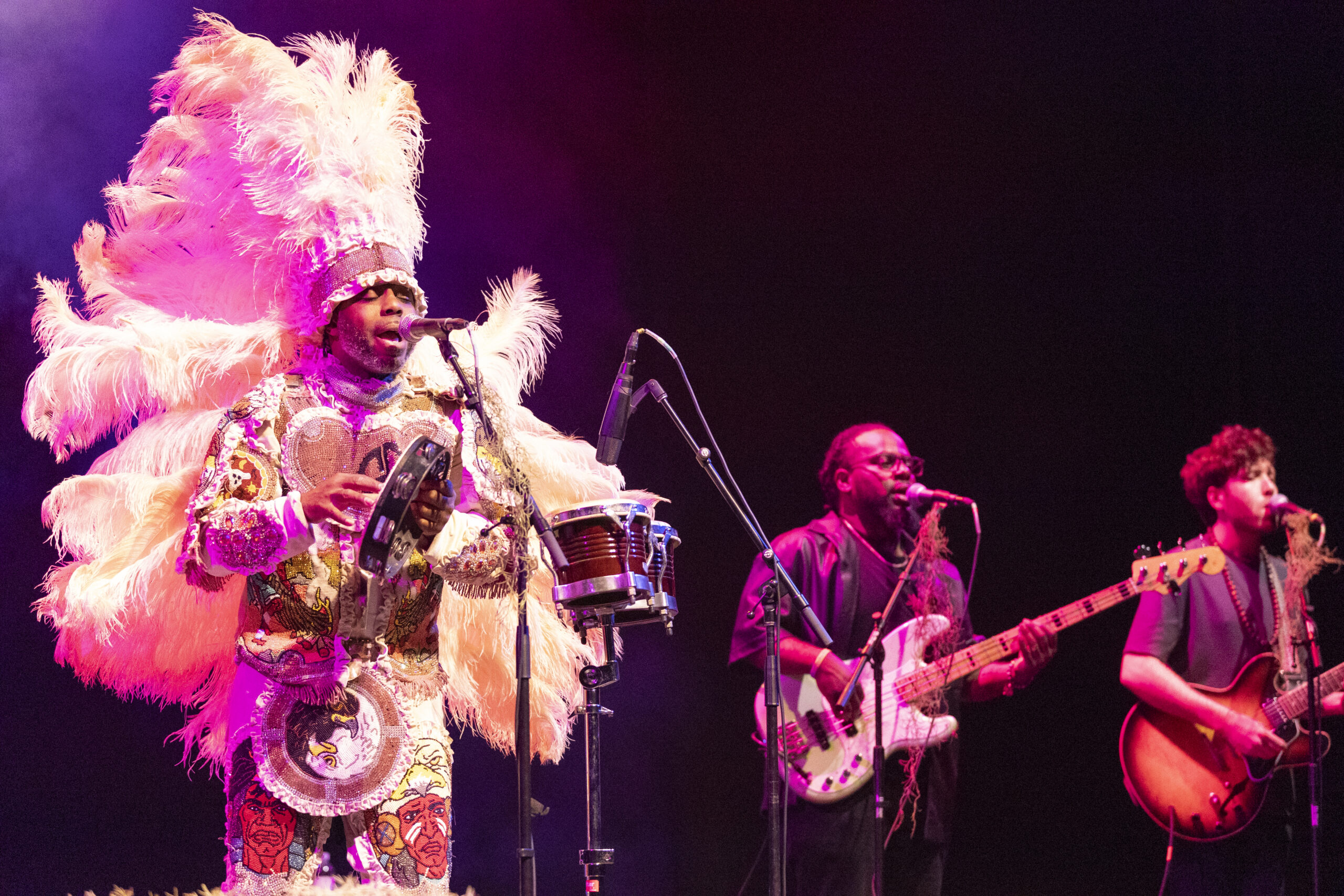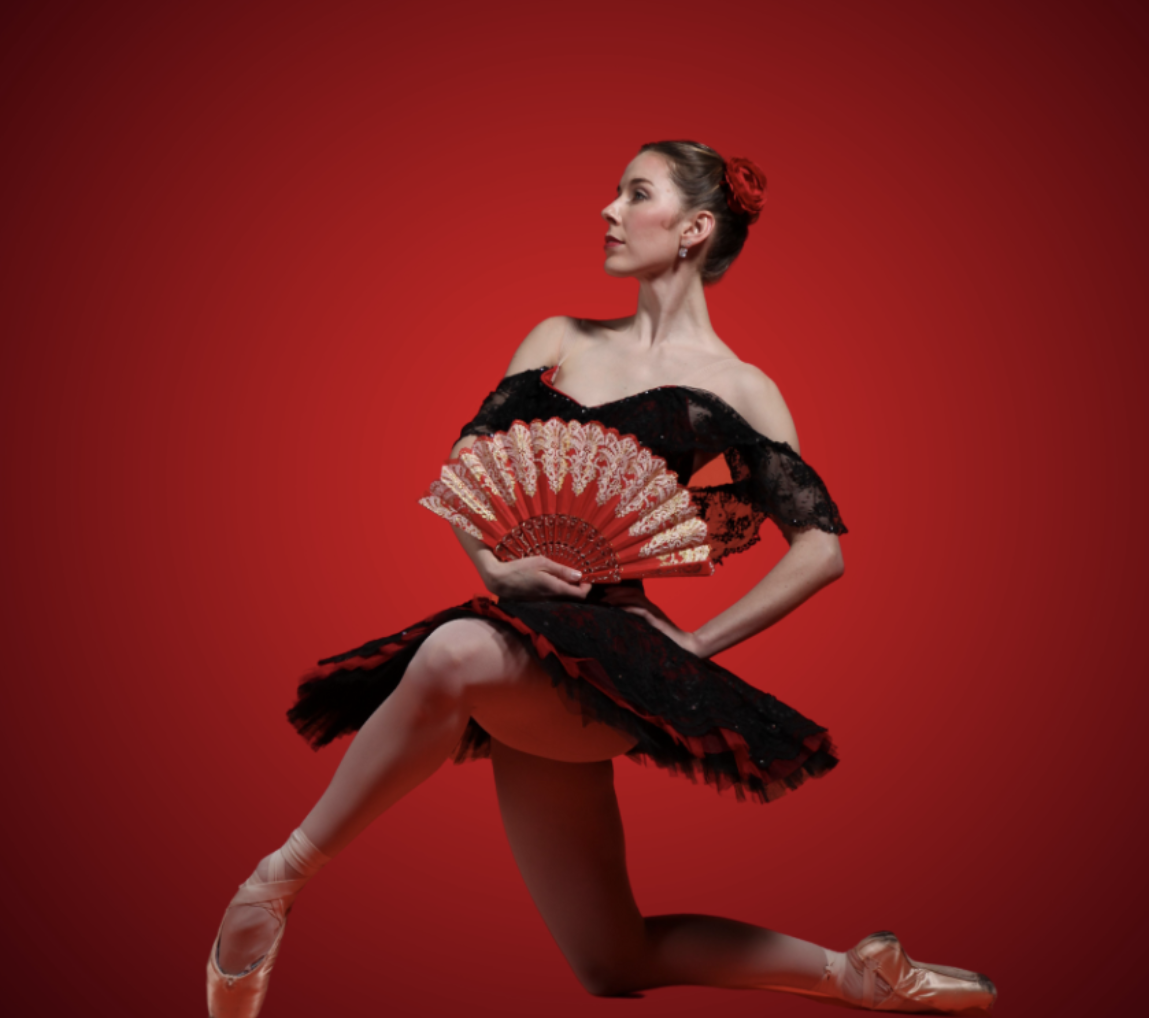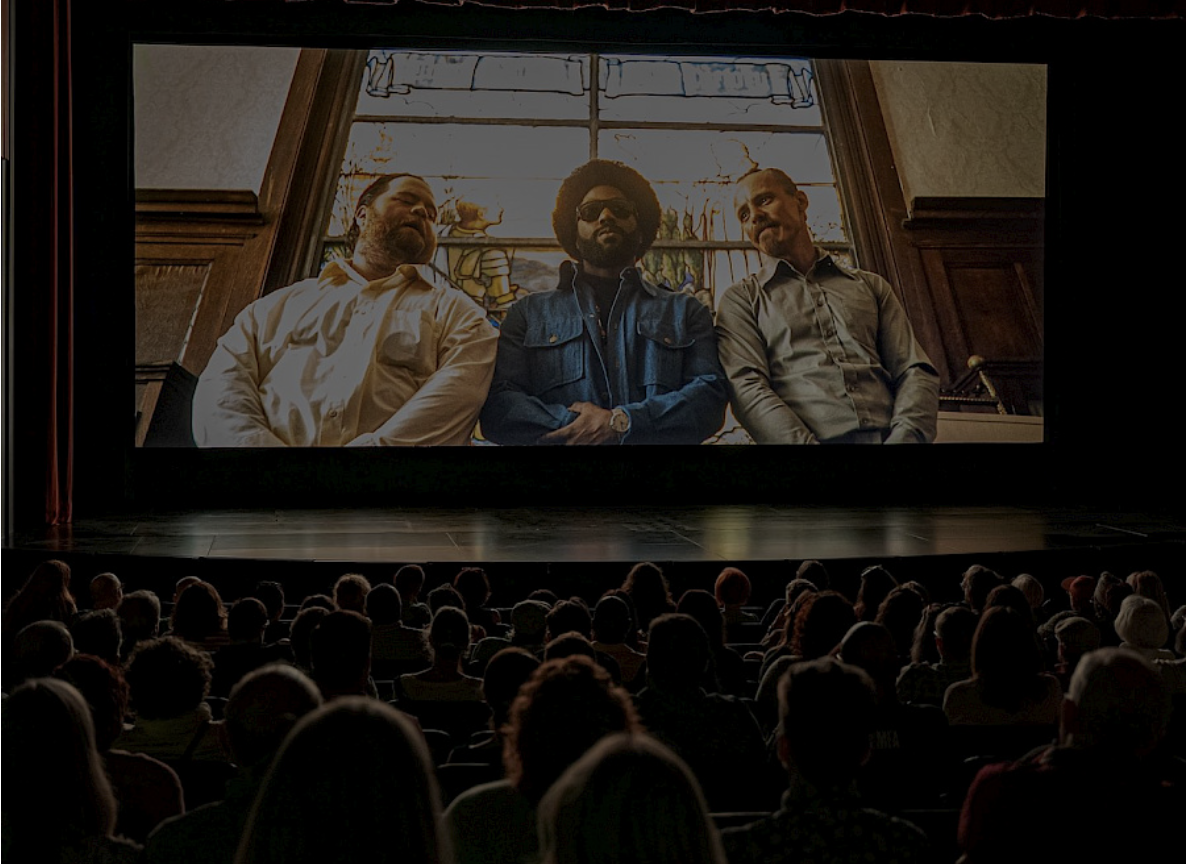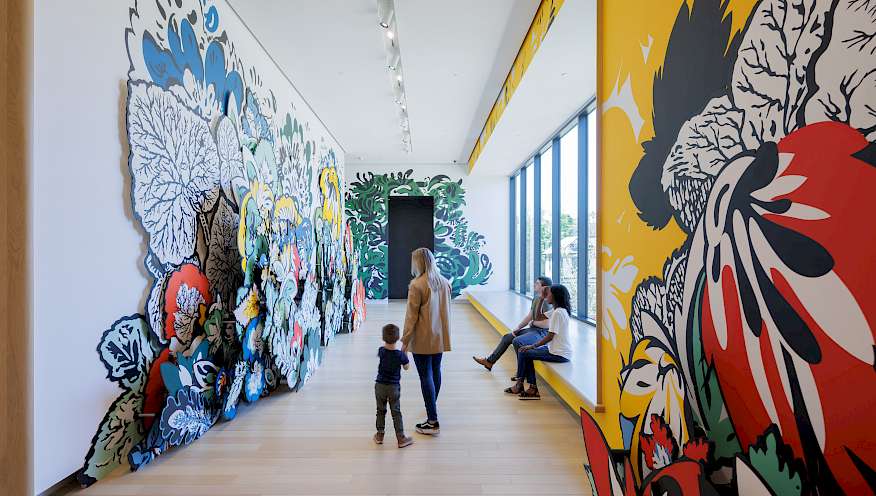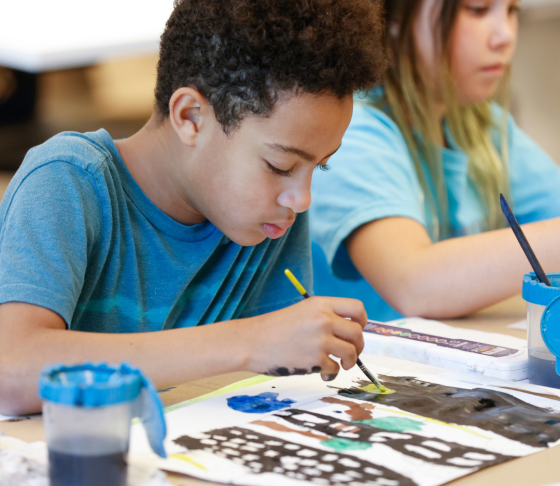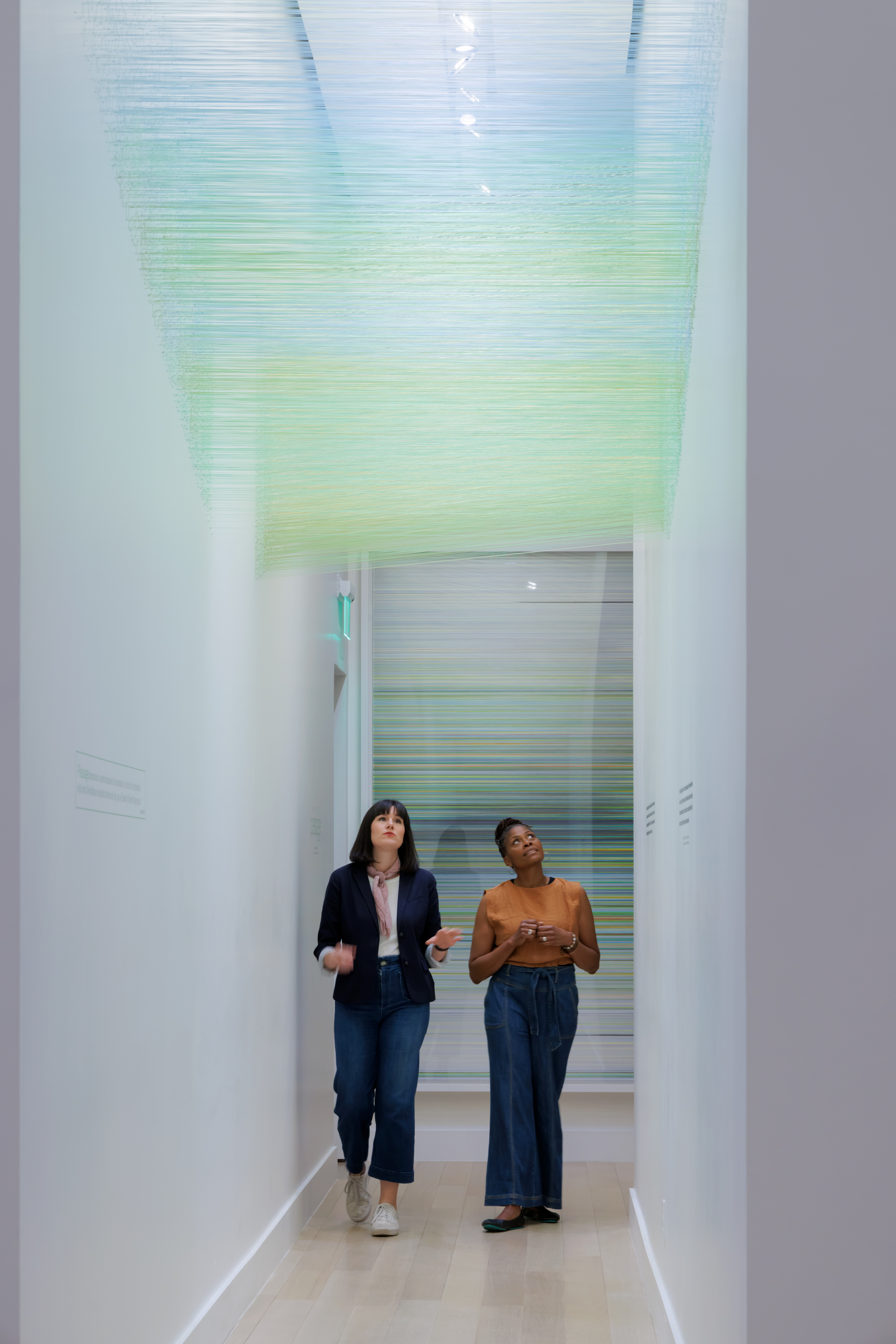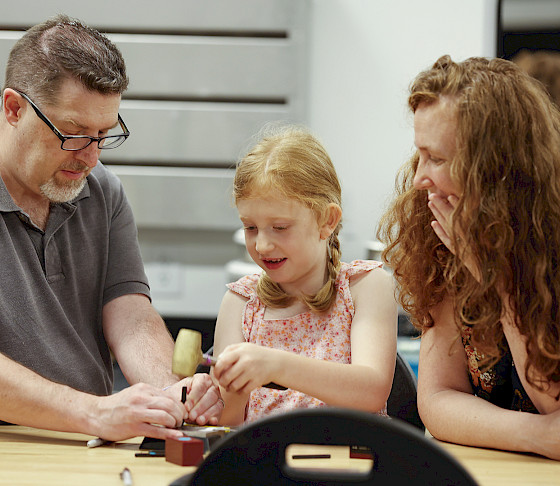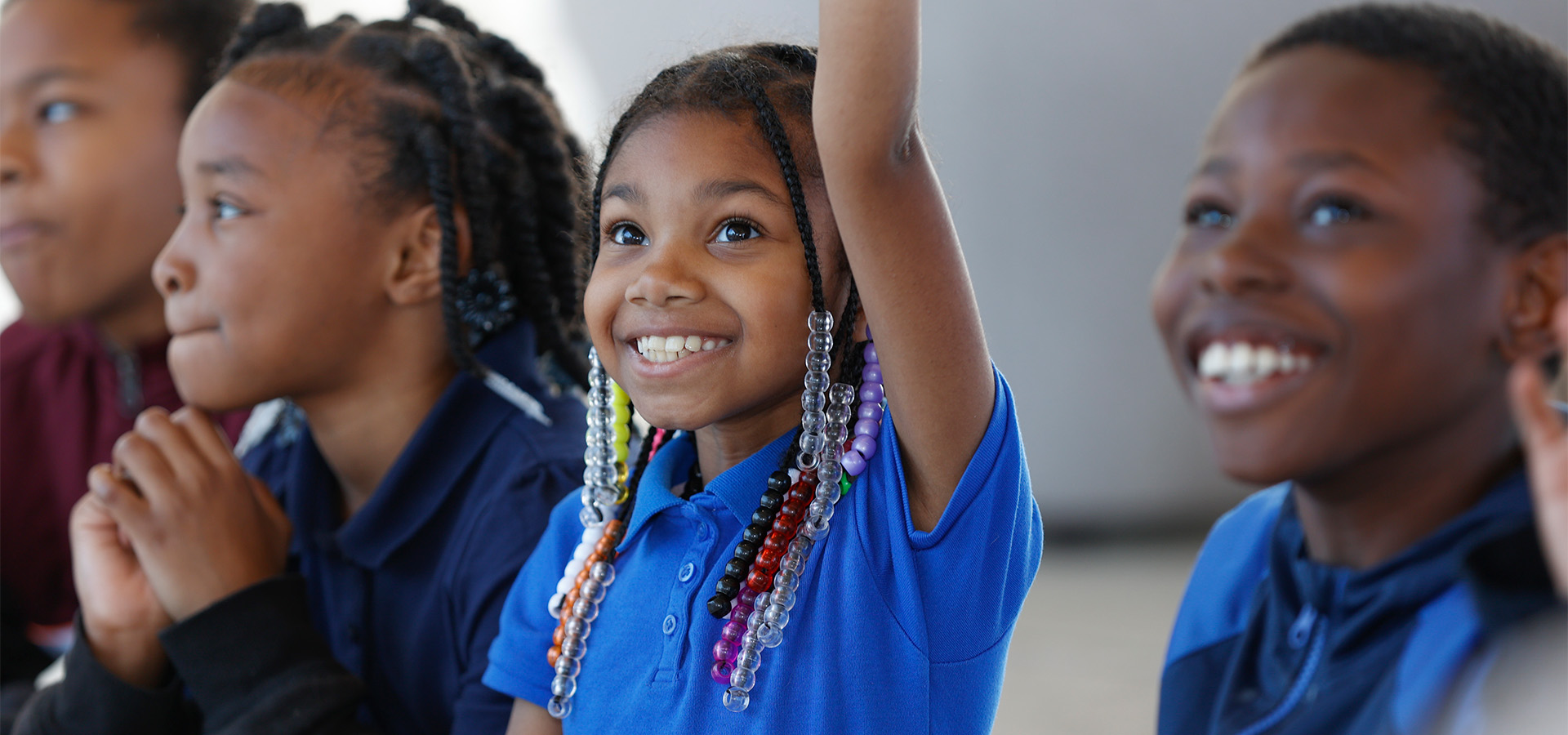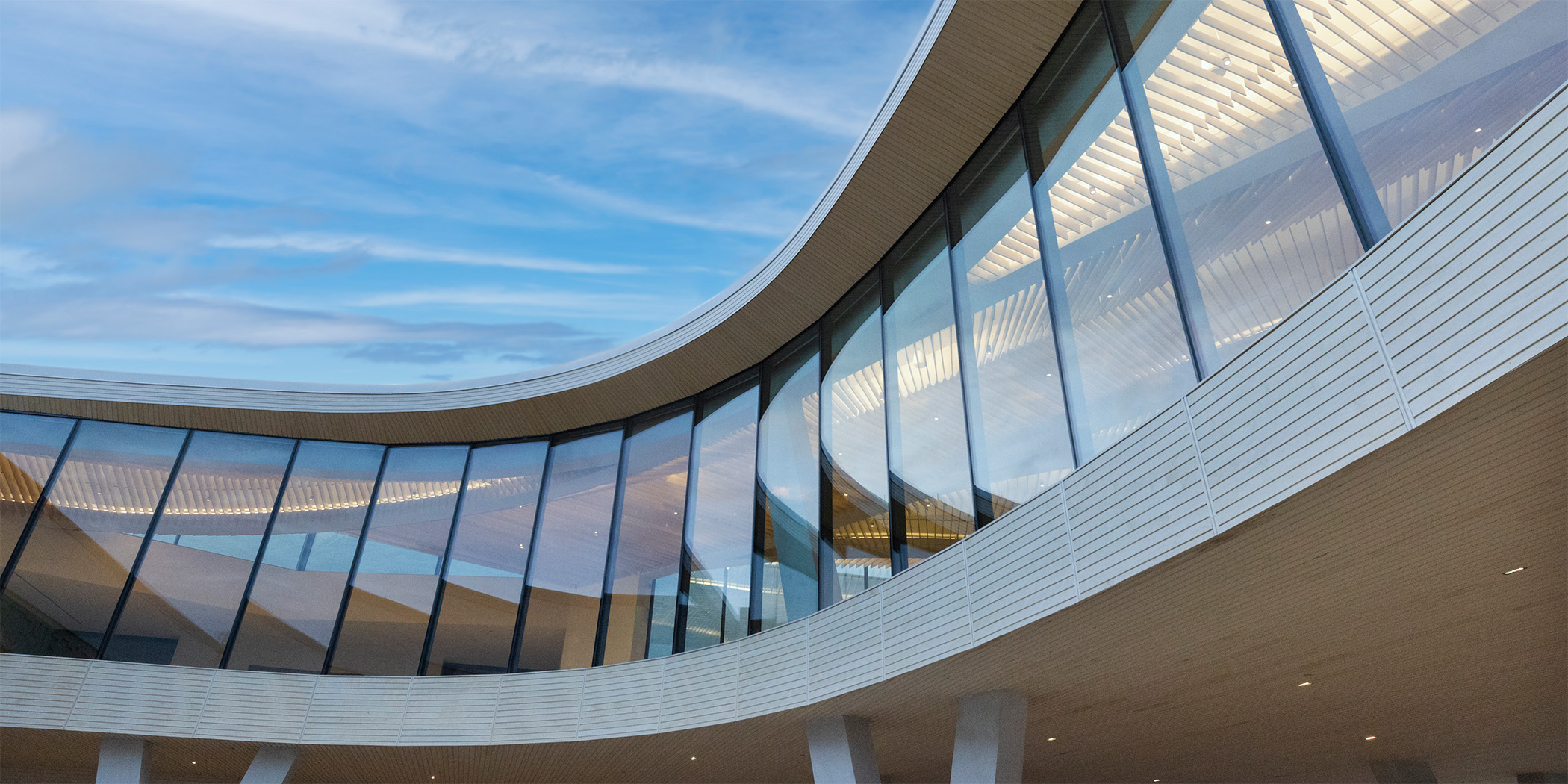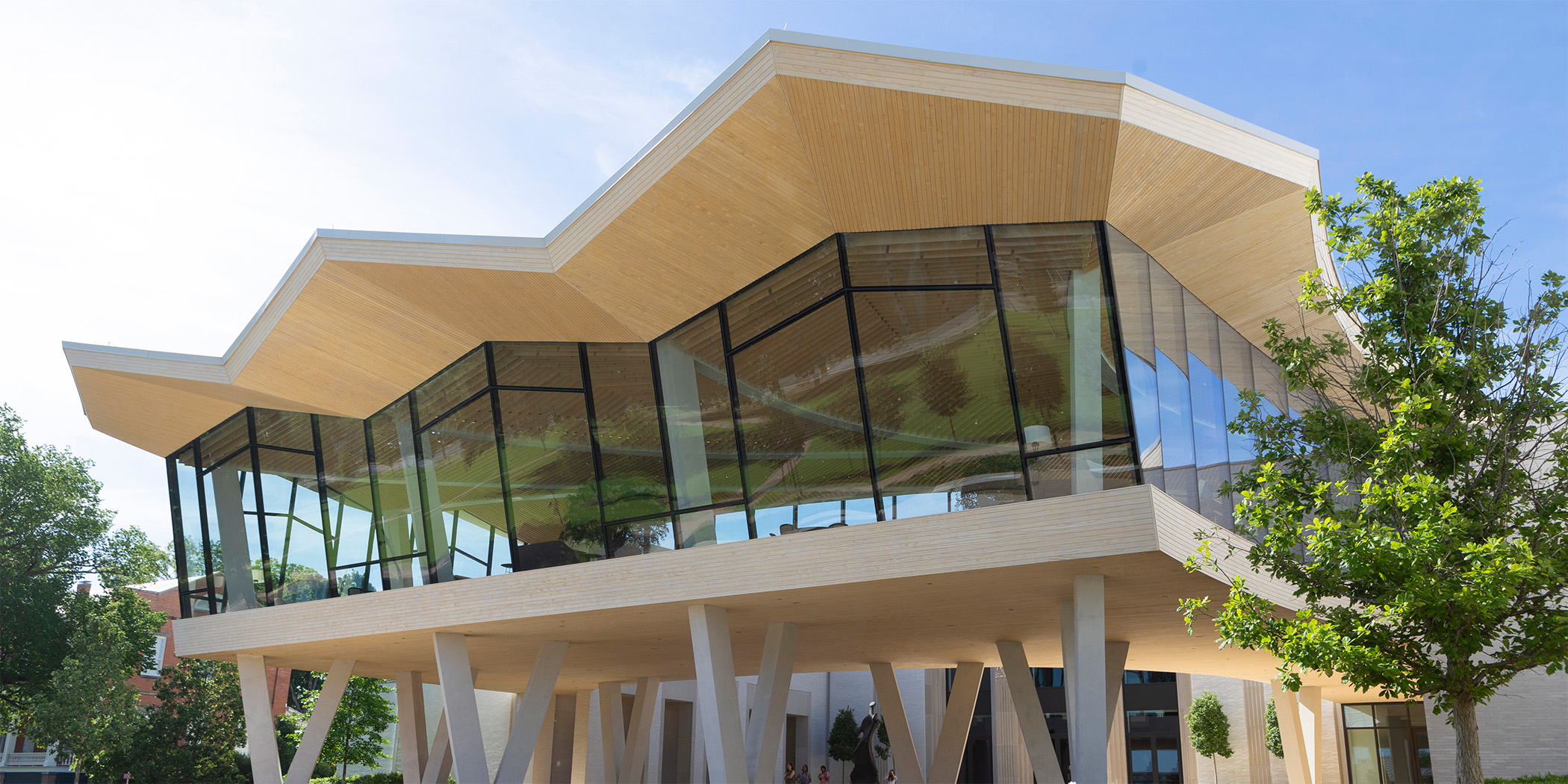Stanley William Hayter
English printmaker and painter who founded Atelier 17, the most influential print workshop of the 20th century.
Hayter was trained in geology at King's College, London University, and initially regarded art as an avocation. While he was working in the Middle East as a research chemist from 1922 to 1925, he painted in his spare time. In Paris in 1926 he met the painter and printmaker Jacques Villon, who introduced him to engraving, and was associated briefly with the Académie Julian before opening his own atelier the following year.
During the 1930s Hayter operated a printmaking studio at 17 Rue Campagne-Première in Paris. This studio gave its name--Atelier Dix-Sept--to a group of artists that at various times included Marc Chagall, Max Ernst, Joan Miró, and Pablo Picasso. Hayter relocated the studio to New York City for a time in the 1940s, but in 1950 he reestablished Atelier 17 in Paris. Many American artists, including Jackson Pollock, were also influenced by Hayter, particularly by his emphasis on automatism and reliance on the unconscious. He taught printmaking techniques at several U.S. colleges as well as at Atelier 17 itself.
Hayter's writings include New Ways of Gravure (1949, revised 1966), About Prints (1962), and The Nature and Art of Motion (1964). He was made Officer (1959) and Commander (1967), Order of the British Empire, and an Honorary Royal Academician (1982).
© 1999-2000 Britannica.com Inc.
(http://www.marquette.edu/haggerty/press/black.html 8-12-09)
Stanley William Hayter (b. London, 1901-1988)
English-born printmaker and painter, Stanley William (S.W.) Hayter was most active in France and the United States. Hayter studied chemistry and geology at King’s College in London before moving to Paris in 1926. In Paris, Hayter enrolled at the Académie Julian, where he studied burin engraving. He began taking students the following year, and opened his own workshop, Atelier 17, in 1933. French surrealists Yves Tanguy and André Masson were among the artists who worked at his studio. Hayter frequently exhibited with the Surrealists during the 1930s. His own work, often violent in imagery, was in reaction to the Spanish Civil War (1936-39). In an effort to raise money for the Spanish cause, he organized a series of print portfolios including Solidarité (1938, Paris). In 1939, Hayter moved to New York and taught printmaking at the New School for Social Research until 1945, when he reopened Atelier 17 in Greenwich Village. Hayter’s studio, which encouraged collaboration and experimentation, had a veritable influence on the printmaking renaissance of the 1950s. Hayter’s book, New Ways of Gravure (1949), became a key text for printmakers.
